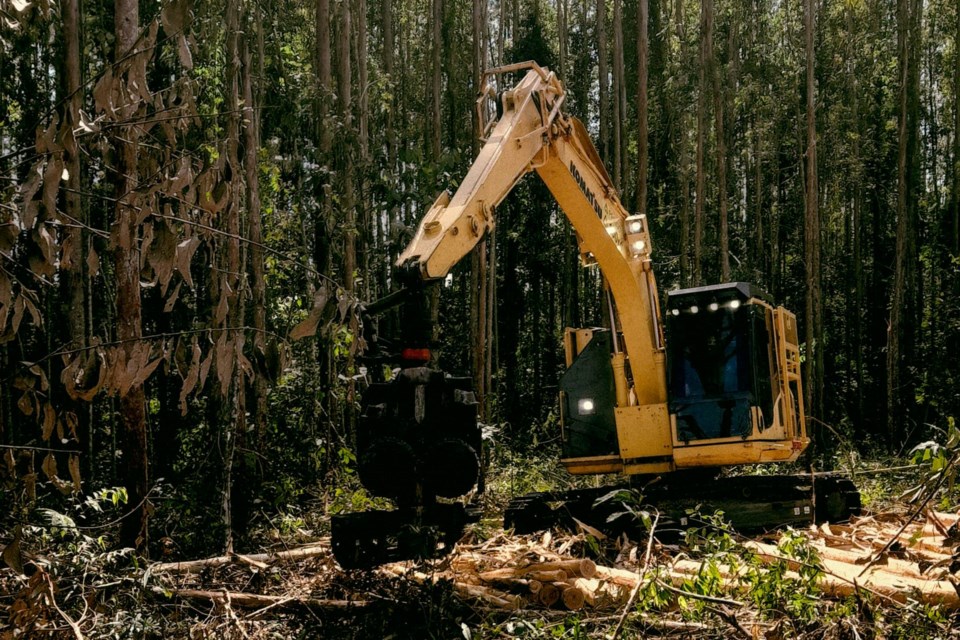Workplace Safety North (HSN), in partnership with the Occupational Cancer Research Centre (OCRC), is drawing attention to the top occupational disease risks in the mining, forestry, and pulp and paper sectors.
The partners have developed a new series of informational posters designed to educate and raise awareness about the risks of occupational disease that are associated with specific work environments.
According to numbers from the Workplace Safety and Insurance Board, there were 40,185 allowed occupational disease claims in 2022, with occupational illness claims totalling $82.5 million.
“These risks are based on data from the Occupational Disease Surveillance System, which monitors disease outcomes among over two million workers in Ontario,” Dr. Paul Demers, OCRC’s director, said in a news release.
“Each sector’s rankings are based on an increased risk of disease compared to other workers in the disease surveillance system.”
In mining, the top three occupational diseases are silicosis and idiopathic pulmonary fibrosis, lung disease that develops over time when workers breathe in dusts, gases, and fumes; carpal tunnel syndrome, characterized by numbness and weakness in their hands due to repetitive tasks and heavy machinery operation; and laryngeal cancer.
In forestry, the top three occupational diseases are carpal tunnel syndrome, laryngeal cancer, and asthma, which can develop due to exposure to wood dust and other allergens.
In pulp and paper, the top three occupational diseases are asbestosis, a lung disease caused by inhaling asbestos fibres that may be present in pulp and paper mills due to historic use of asbestos; carpal tunnel syndrome; and idiopathic pulmonary fibrosis, a lung disease that develops from breathing in dusts and fibres.
Demers noted that not all diseases have been studied in the occupational disease surveillance system, using noise-induced hearing loss, which is common in all three industries, as an example. But the top-ranked diseases could change over time as data and prevention controls evolve, he said.
Demers advocated for health and safety training in the workplace, including the establishment of joint health and safety committees, as an effective way to help protect workers and prevent illness in the workplace.
“Understanding and addressing occupational disease risks is crucial in safeguarding the health of workers in the mining, forestry, and paper and converting industries,” says Demers. “By implementing health and safety measures, conducting regular training, and promoting a culture of awareness, we can create safer workplaces for all employees.”
More detailed information about these occupational disease risks, along with digital renderings of the posters, is available here.
Workplace Safety North is one of four sector-based health and safety associations in Ontario providing ministry-approved workplace health and safety training for the mining and forest products industries.




